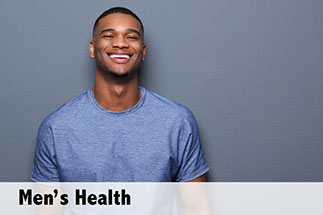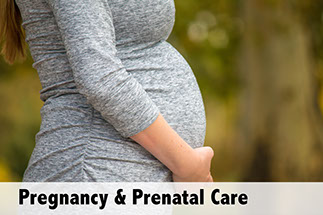SYMPTOM CHECKER
CONDITIONS
Male
Female
Child
Arm, Hand & Shoulder Concerns
Legs & Feet Concerns
Dental & Mouth Concerns
Ear & Nose
Eye Conditions
Head Conditions
Arm, Hand & Shoulder Concerns
Legs & Feet Concerns
Front
Back
Arm, Hand & Shoulder Concerns
Dental & Mouth Concerns
Ear & Nose
Eye Conditions
Head Conditions
Arm, Hand & Shoulder Concerns
Dental & Mouth Concerns
Ear & Nose
Eye Conditions
Head Conditions
Front
Back
Arm, Hand & Shoulder Concerns
Neck Links
Head & Neck Concerns
Arm, Hand & Shoulder Concerns
Neck Links
Head & Neck Concerns
Front
Back
Online Clinic
Wise Healthcare
So how (exactly) does exercise help the heart?
Print on Demand
Exercise benefits the heart by decreasing its workload. Exercise improves the ratio between the heart’s demand for oxygen and its supply through the coronary arteries.
With exercise, the heart gets stronger because it gets bigger and is able to pump more efficiently, according to Joseph Libonati, PhD, associate professor of nursing at Penn Nursing and a cardiac physiology expert.
Exercise allows your heart to push out a greater volume of blood with every beat and it does so at a lower heart rate. It also improves the blood flow to the heart by improving the heart’s ability to have its coronary blood vessels dilate. Together, these changes improve both the supply and demand of the heart.
How does exercise lower high blood pressure?
Exercise helps lower high blood pressure by improving the ability of your blood vessels to dilate (grow larger), making the pressure on those vessels less. Exercise also improves your blood sugar levels and makes you leaner. This allows your heart to pump blood at lower pressures, thereby making your heart work less.
What exercise is best for the heart?
Using large muscle mass repetitively is best for heart health. Think about the acronym FIT:
F – Frequency (5 days a week)
I – Intensity (if you can talk, you’re at the right intensity)
T – Time (30 to 60 minutes/day)
Why is exercise important as you age?
Exercise is important to maintaining healthy bones and muscles. As you age, you start to have smaller muscles and weaker bones. Activities that maintain muscles and bone mass help you age with a greater ability to function.
Resistance training or weight training is a good way to maintain bone mass, so making this type of exercise part of your daily routine is important into your 40s and beyond. Also, maintaining muscle mass helps the body’s metabolism and can reduce the risk of obesity, diabetes, and high blood pressure.
This website is not meant to substitute for expert medical advice or treatment. Follow your doctor’s or health care provider’s advice if it differs from what is given in this guide.
The American Institute for Preventive Medicine (AIPM) is not responsible for the availability or content of external sites, nor does AIPM endorse them. Also, it is the responsibility of the user to examine the copyright and licensing restrictions of external pages and to secure all necessary permission.
The content on this website is proprietary. You may not modify, copy, reproduce, republish, upload, post, transmit, or distribute, in any manner, the material on the website without the written permission of AIPM.
2021 © American Institute for Preventive Medicine - All Rights Reserved. Disclaimer | www.HealthyLife.com
















































